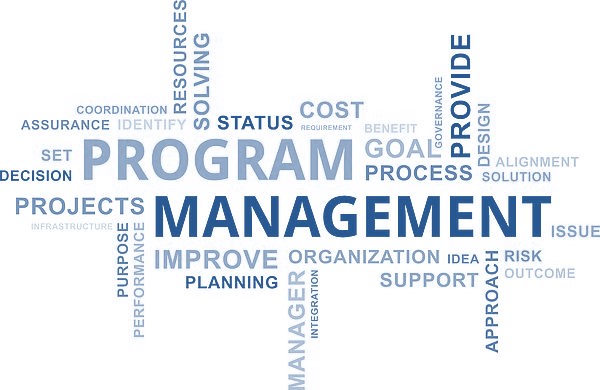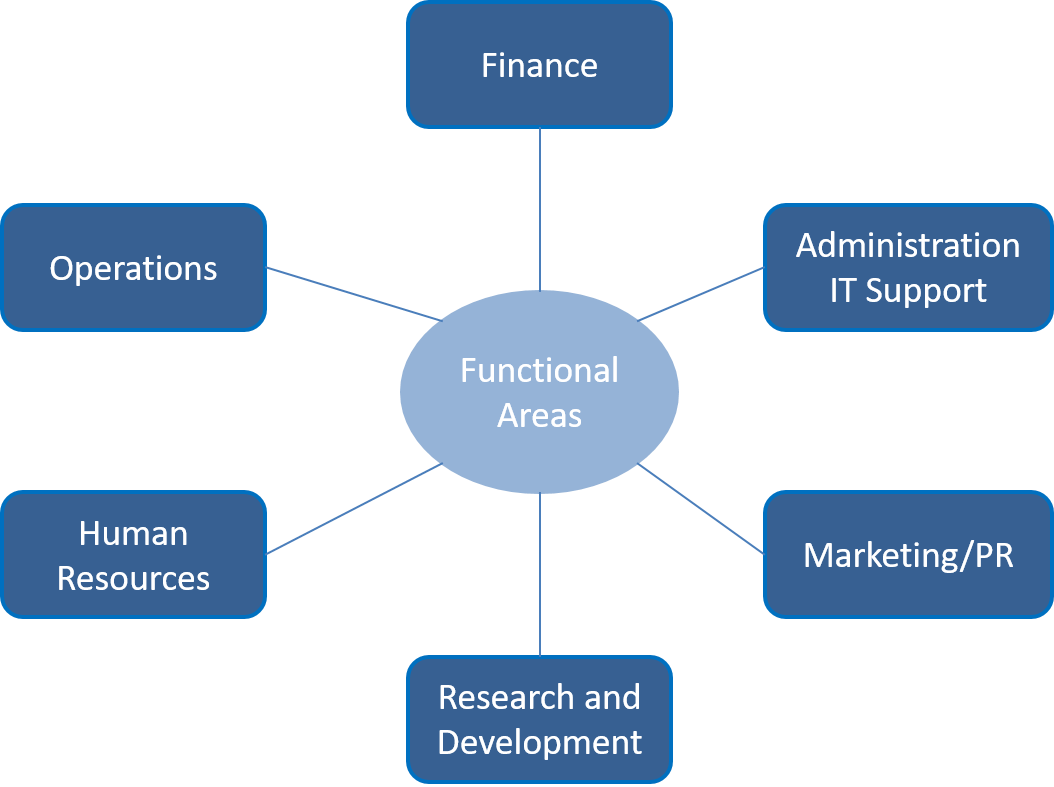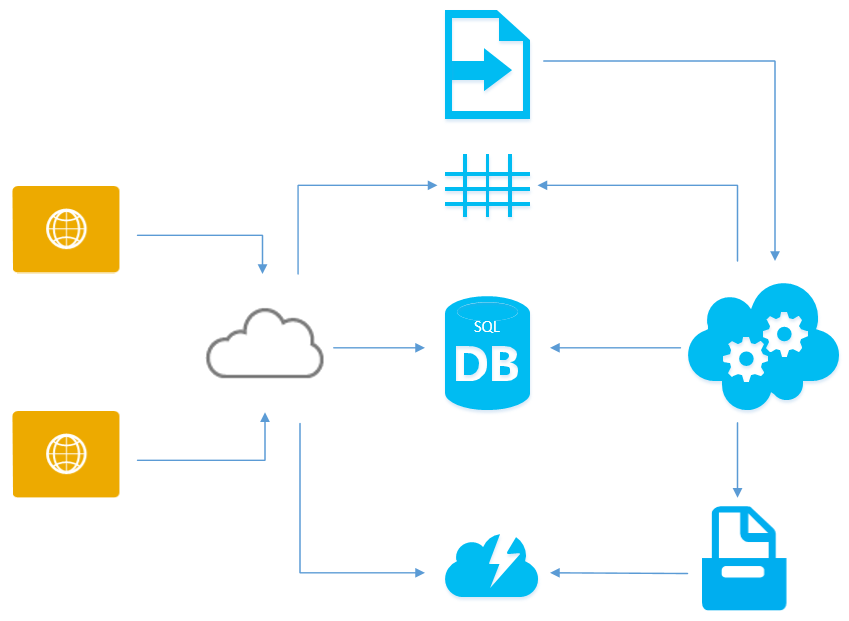Traditional Management Skills and Functions in an Agile Organization
In an Agile organization, where self-organizing teams are the core of the delivery process, the function of managers shifts in such a way that their focus and efforts are geared towards supporting business objectives and values for the transformation. Managers get to highlight and utilize leadership skills such as facilitation, coaching and the support of enabling environments. Below, we explore examples of traditional management roles and the respective skillsets managers can translate to develop and grow an agile organization.
Program / Project Management
In an Agile environment, the primary skillsets and functions required from Program managers shift from monitoring and controlling teams and portfolios to leading product / portfolio vision.

Vision and Direction: Program Managers use their leadership and communication skills to drive high-level strategies, develop project/product roadmaps and set priorities based on long-term vision and business objectives. The program manager gets to emphasize on their management functions when it comes to effective resource allocation, design and development of working environments, management of risk and dependencies across teams and the removal of impediments.
**Managing Portfolios and Stakeholders:**Program managers can leverage their portfolio management and governance skillsets to reinforce agile values - create frequent portfolio planning cycles and delivery where goals are set on a rolling basis, and facilitate the environmental ability to make frequent decisions regarding which projects to stop, start, or continue. Additionally, agile managers develop their lean skills such as value stream analysis and minimum viable product development (MVP) to achieve a deeper understanding of customer needs and guide the end-to-end processes based on notion of embracing early and frequent feedback to maximize project value to their internal partners.
Project-based Engagements: Because the project management function is shared and/or distributed across all Agile team members, an agile manager can focus on their expertise in formulating a new process and resource management model that helps teams succeed and scale their efforts towards continued value delivery. For instance, the requirements management function of the project manager shifts to the Product Owner and the task / work assignments will be self-assigned by the self-organizing team. However, the project manager continues to oversee project objectives, milestones, strategy and project governance, project finances, Risk and change management and coordination for the Agile team.
Managing Resources and Teams: Applying management and communications skills provides managers the required tools in assessing team health, removing cultural and resource impediments and having the ability to measure, reward, coach and nurture team growth and development sustainability in the long term.
Functional Management
The skillsets required of Functional Managers in Agile shifts from thinking tactical to strategic. As part of this shift, functional managers can employ the following important skillsets and play an integral role in Agile environments.

Subject Matter Expertise: Can serve as Technical or Business Leads who are subject matter experts advising the team and who can translate the business vision into a technical vision. This means focusing on setting a clear vision, defining acceptance criteria and letting the team figure out the ‘how’ by providing guidance and direction when needed, in addition to coaching and transferring knowledge.
Resource Management: Their experience and skillsets developed working with other departments and resource-allocation skills, enables functional managers to support Scrum Masters and the team by responding to resource needs and removing dependencies and impediments.
Process Improvement: In the spirit of continuous improvement, functional and middle managers can utilize their organizing and people management skills to serve as great leaders in bringing individuals and teams together. Functional managers can facilitate the platform for sharing knowledge, developing standards, identifying and resolving impediments, etc. to continuously improve the processes for their teams. Additionally, because of these managers’ proximity to employees and knowledge of core technologies, initiatives instigated by functional and middle managers rather than top managers wins greater employee support. To this end, a bigger emphasis of the skill required of functional managers in Agile shifts from doing to deliver behavioral changes through coaching with individuals or teams.
Technical Design Management
Agile design development shifts the notion of a single person is in charge of design. Instead the responsibility is shared by the entire technical team, whereas the design and development processes are intertwined.

Systems Design: Architectural designers utilize their technical skills on developing the high-level system design and strategy, while guiding the development team on the architecture design that is to be created during the coding process.
**Technical Standards and Requirements:**In terms of technical design requirements, architecture and design managers can successfully employ their technical skills and evolve into the role of a technical product owners in order to guide technical excellence and strategy throughout the development process. This position requires a unique skill set where the technical Product Owner carries technical knowledge into strategic conversations about the product to support long-term roadmapping that require an understanding of technical capabilities.

